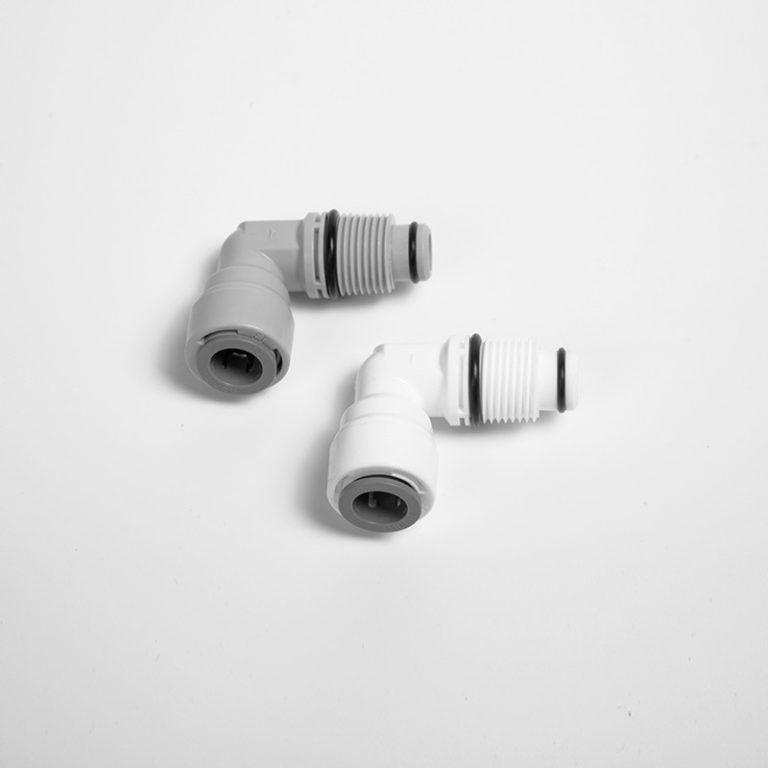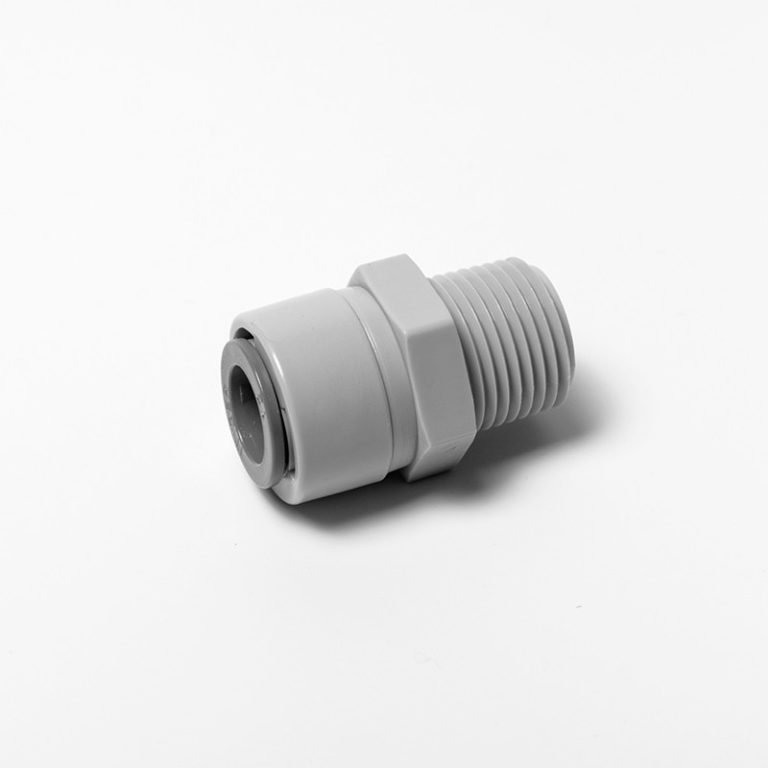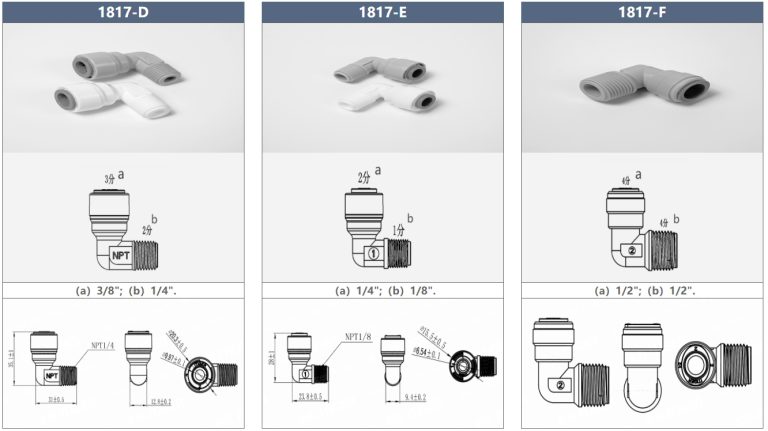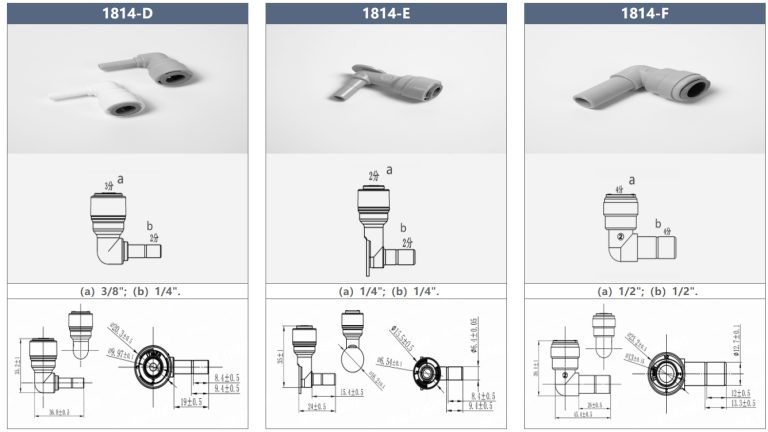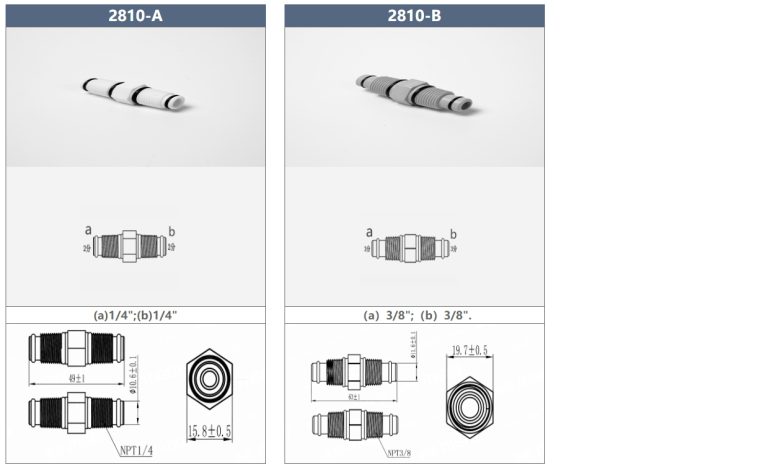“Power up your projects with durable electrical PVC pipe and fittings.”
Table of Contents
Benefits of Using Electrical PVC Pipe and Fittings in Home Wiring Projects
Electrical PVC pipe and fittings are essential components in home wiring projects. PVC, or polyvinyl chloride, is a durable and versatile material that is commonly used in electrical applications due to its excellent insulating properties and resistance to corrosion. When it comes to wiring your home, using electrical PVC pipe and fittings offers a range of benefits that make it a popular choice among homeowners and electricians alike.

One of the primary advantages of using electrical PVC pipe and fittings is their durability. PVC is a strong material that can withstand a wide range of environmental conditions, making it ideal for use in both indoor and outdoor wiring projects. Whether you are running wires through walls, ceilings, or underground, PVC pipe and fittings provide a reliable and long-lasting solution that will protect your electrical wiring for years to come.
In addition to their durability, electrical PVC pipe and fittings are also easy to work with. PVC is a lightweight material that can be easily cut, shaped, and assembled using simple tools, making it a convenient choice for DIY enthusiasts and professional electricians alike. With a variety of fittings available, including elbows, tees, and couplings, PVC pipe can be easily customized to fit the specific needs of your wiring project, allowing for a clean and professional installation.
Another benefit of using electrical PVC pipe and fittings is their affordability. PVC is a cost-effective material that is readily available at hardware stores and home improvement centers, making it an economical choice for wiring projects of all sizes. Compared to other materials such as metal conduit, PVC pipe and fittings are a budget-friendly option that can help you save money on your home wiring project without sacrificing quality or performance.
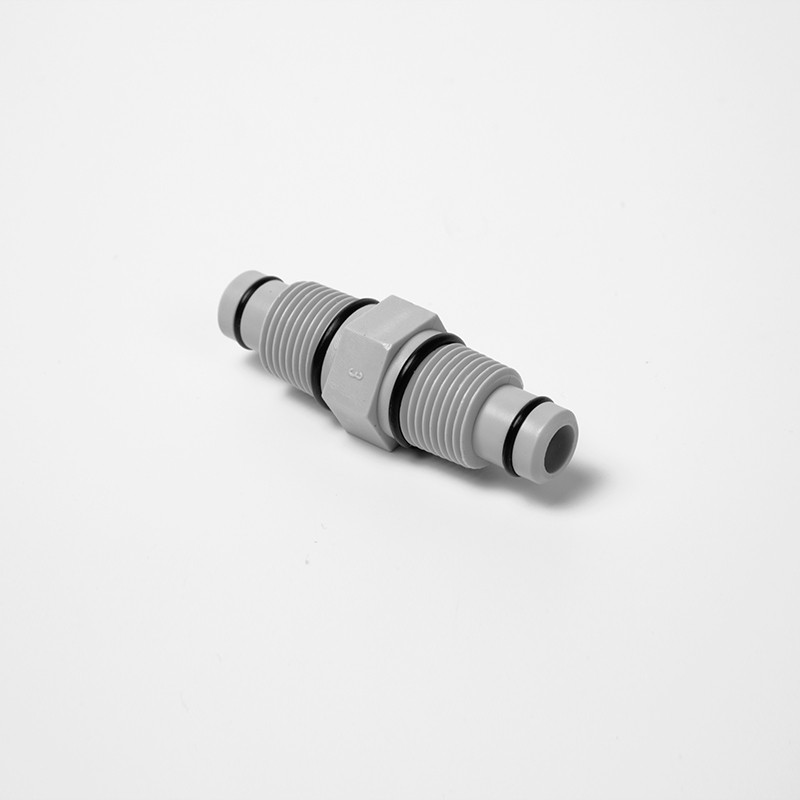
Furthermore, electrical PVC pipe and fittings are resistant to moisture and chemicals, making them an ideal choice for areas where exposure to water or corrosive substances is a concern. PVC is a non-conductive material that will not rust or corrode over time, ensuring that your electrical wiring remains safe and secure in any environment. Whether you are installing wiring in a basement, garage, or outdoor space, PVC pipe and fittings provide a reliable solution that will protect your electrical system from the elements.
In conclusion, electrical PVC pipe and fittings offer a range of benefits that make them a popular choice for home wiring projects. From their durability and ease of installation to their affordability and resistance to moisture and chemicals, PVC pipe and fittings provide a reliable and long-lasting solution for protecting your electrical wiring. Whether you are a DIY enthusiast or a professional electrician, using electrical PVC pipe and fittings can help you achieve a clean and professional installation that will keep your home safe and secure for years to come.
How to Properly Install and Maintain Electrical PVC Pipe and Fittings in Commercial Buildings
Electrical PVC pipe and fittings are essential components in commercial buildings, providing a safe and reliable way to protect and route electrical wiring. Proper installation and maintenance of these components are crucial to ensure the safety and efficiency of the electrical system. In this article, we will discuss the importance of using electrical PVC pipe and fittings, as well as provide tips on how to properly install and maintain them in commercial buildings.
| Model | Tube(a) | Stem(b) |
|---|---|---|
| 1801-A | 1/4 | 1/4 |
| 1801-C | 1/4 | 3/33 |
One of the main advantages of using electrical PVC pipe and fittings is their durability and resistance to corrosion. PVC pipes are non-conductive, which means they do not conduct electricity, making them a safe choice for electrical installations. Additionally, PVC pipes are lightweight and easy to work with, making them a popular choice for electricians.
When installing electrical PVC pipe and fittings in a commercial building, it is important to follow the National Electrical Code (NEC) guidelines. The NEC provides standards and guidelines for electrical installations to ensure the safety of the building occupants. It is important to consult the NEC guidelines before starting any electrical installation project to ensure compliance with the regulations.
Before installing electrical PVC pipe and fittings, it is important to plan the layout of the electrical system carefully. This includes determining the location of outlets, switches, and other electrical devices, as well as calculating the amount of PVC pipe and fittings needed for the installation. Proper planning will help ensure a smooth and efficient installation process.
When installing electrical PVC pipe and fittings, it is important to use the correct tools and equipment. This includes PVC pipe cutters, solvent cement, and PVC fittings. It is important to follow the manufacturer’s instructions when using these tools and equipment to ensure a proper installation.
To install electrical PVC pipe and fittings, start by cutting the PVC pipe to the desired length using a PVC pipe cutter. Next, clean the ends of the pipe and fittings with a PVC cleaner to remove any dirt or debris. Apply solvent cement to the pipe and fittings, then insert the pipe into the fitting and hold in place for a few seconds to allow the cement to set.
| Model | Tube(a) | Stem(b) |
|---|---|---|
| 1801-A | 1/4 | 1/4 |
| 1801-C | 1/4 | 3/22 |
Once the PVC pipe and fittings are installed, it is important to test the electrical system to ensure everything is working properly. This includes checking for any leaks or loose connections, as well as testing the continuity of the electrical wiring. It is important to conduct regular maintenance checks on the electrical system to ensure it is functioning properly and to address any issues before they become a problem.
In conclusion, electrical PVC pipe and fittings are essential components in commercial buildings, providing a safe and reliable way to protect and route electrical wiring. Proper installation and maintenance of these components are crucial to ensure the safety and efficiency of the electrical system. By following the tips outlined in this article, you can ensure a smooth and efficient installation process and maintain a safe and reliable electrical system in your commercial building.


